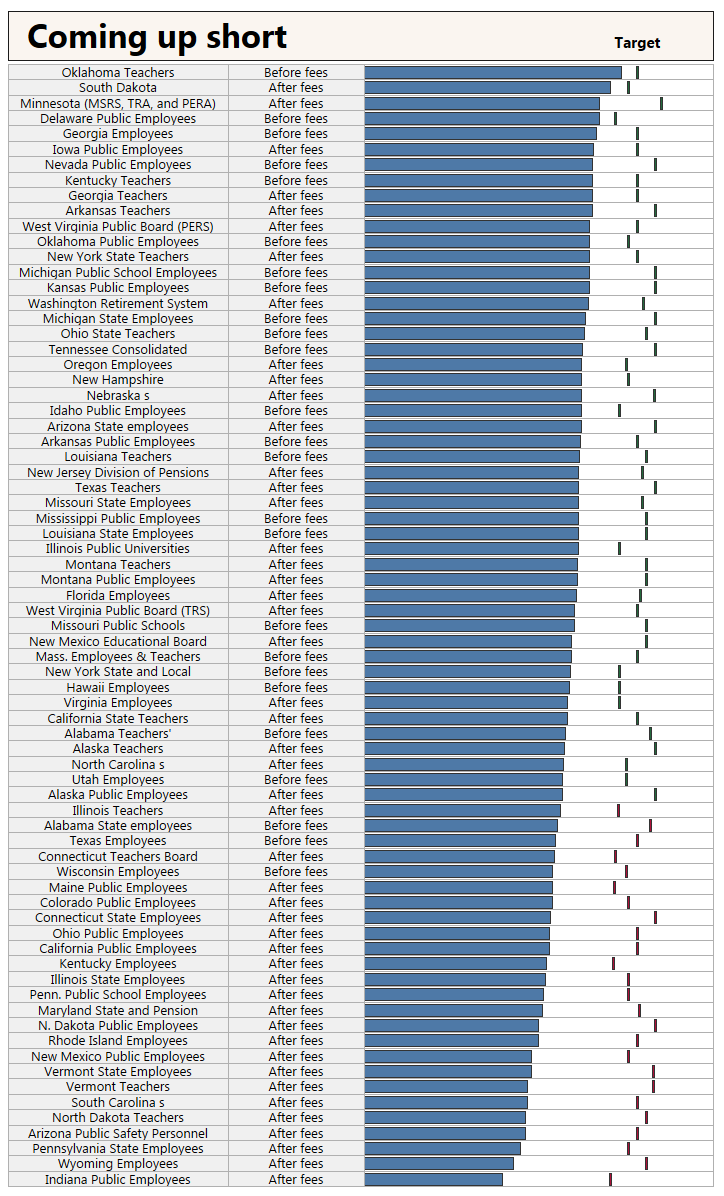Junaid Raza Syed (Senior Editor/Department Manager FS)
Pension is something that you actually look forward to when you get older. People work so hard not just to be able to get everything they want and live the kind of life they want for themselves and their family, but also just to enjoy their lives once they reach that age that they need to relax since their time with working too much is done. Then again, it would seem that this is now only an idea for some, and that is getting even more difficult to have a decent pension fund.
Things are getting more and more complicated over the years, some experts no longer could tell who to blame for this crisis, this is despite of the rising economy of the country.

Who’s To Blame?
Is it the economy? The President? The companies? Or the employees? Over the last couple of years some analysts don’t know who are the one who should be responsible for this pension funding crisis. Some experts believe that it was the public pension boards who are actually to blame for this. The main reasons for it is that they are the ones who are overlooking the contributions of not just the employees but as well as the employers. That simply means that if there is an underfunding that needs to be resolved, they would’ve said something.
The Federal Reserve actually found out in 2015 that pension funds both statewide and in localities have reached about more than five trillion in liabilities with only more then three trillion in assets. This is so that they would be able to ensure that hardworking employees from public offices will be able to get all the benefits that was promised. Since 2016, the government have spent more than a hundred billion on the pension systems, but pension funds continue to make risky investments.
When it comes to looking after and managing pension funds within states, it is the duty of the governor as well as the legislature to find out what percentage of the employee’s wag will be replaced in retirement and how much do the employers from the government have to contribute every single year. They would then delegate the authority to manage all the funds that would consists of more than 15 people. These people would then be the ones who would decide how all the funds will be invested.
The pensions boards must know how to balance all the interests of both the government employers as well as their employees.
 Higher Fees; Lower Returns
Higher Fees; Lower Returns
$2 billion every single year is basically how much public pension plans spend when it comes to fees such as high-cost boost returns and even risky investments, then again, it is like betting on a sick horse on a raise. According to the Pew Charitable Trusts, managers of some public pension fund actually try to make up for those shortfalls that were mostly brought by some underfunding investment returns, which then lead to higher costs. In 2016, it was recorded that a combined $1.4 trillion deficit, as well as the $295 billion, the state public pension plans, cover just about $2.6 trillion including the annual increase in pension debt.
A way for these state pension fund manager to keep up to the lost, they have chosen to shift some investments away from most of the stocks, and on to the private equity funds. This shift then leads to having a higher cost of managing most pension funds assets. In fact, according to the recent Pew study, some funds are paying some fees that are known to be undisclosed, which is included in the $2 billion.
People who are going to get public pensions will most likely not be able to hit their target amounts because of these higher fees. These higher fees should mean that it would be more towards investments, but almost most of the investment targets haven’t even been reached as well. This then is causing some retrieving systems to owe liabilities that they could no longer afford to pay out.
 The study shows how in some states like Colorado, Connecticut, Illinois, Kentucky, and New Jersey, pension funds systems weren’t even 50 percent funded. However, in some states like New York, Tennessee, Wisconsin, and South Dakota, pension funds systems have managed to cover most of their liabilities in 2016.
The study shows how in some states like Colorado, Connecticut, Illinois, Kentucky, and New Jersey, pension funds systems weren’t even 50 percent funded. However, in some states like New York, Tennessee, Wisconsin, and South Dakota, pension funds systems have managed to cover most of their liabilities in 2016.
